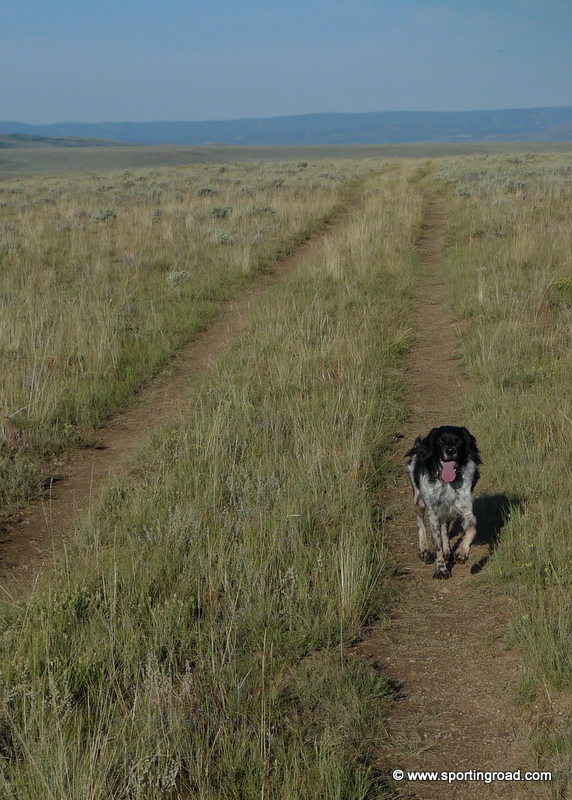Prairie chickens and prairie grouse require open grasslands with only small crops of trees, as cedar trees are not native to their environment and cause a hose of problems, such as predator nests and predator hunting grounds. Fall habitat features are open areas with shorter grass and brush, berries, water sources (although not particularly important except in instances of drought). Lek sites are usually a prominent feature of their range within a mile or so, throughout the year. Scouting is helpful as is knowledge of the area. Birds often fly around daybreak and silhouette decoys also work for this, particularly later in the season. Wheat fields with public land around it are sometimes a useful feature to hunt around in early morning or late afternoon.
Methods for Distinguishing Prairie Chickens and Sharp-Tailed Grouse in the Field and Up Close
In various hunting scenarios, one might encounter a mix of species, such as pheasants and bobwhite quail sharing the same field. However, a particularly fascinating combination involves hunting both greater prairie chickens and sharp-tailed grouse. Not only can these two species be pursued in the same hunting expedition, but they may even flush together in the same covey.
Overlap in Habitat and Distribution
Greater prairie chickens and sharp-tailed grouse inhabit nearly identical landscapes, favoring expansive grasslands and prairies. While sharp-tails have a broader geographic range, spanning from Minnesota to Colorado and beyond, greater prairie chickens have experienced habitat reduction, now primarily found in Kansas, Colorado, Nebraska, South Dakota, and North Dakota.
Distinctive Physical Characteristics
Despite their similar size and football-like shape, these birds exhibit unique features. Prairie chickens have a barred chest and a squared-off tail during flight, while sharp-tails boast a teardrop pattern on their breast feathers and a pointed tail. In flight, prairie chickens appear darker, while sharp-tails exhibit a somewhat grey hue. Notably, their feet differ in feathering, with prairie chickens having light brown feathers stopping short of their toes, and sharp-tails featuring white feathers covering their entire feet.
Habitat Preferences and Hunting Strategies
Both species thrive in open grasslands, but sharp-tails are more likely to be found near brush clumps or tree rows. Targeting these clumps during mid-day can be effective for hunting sharp-tailed grouse. Additionally, both birds utilize crop fields and waste grain for feeding, but prairie chickens often follow a consistent routine in their feeding habits, making them more predictable for hunters.
Vocalization and Behavior
Sharp-tailed grouse are more prone to vocalize during flight, emitting a distinct “chuckling” or “giggling” call. This behavior can be used strategically by hunters, with some employing decoys and mimicking these calls to attract the birds. Prairie chickens also call during flight but less frequently than sharp-tails. The presence of vocalization during a flush can be a reliable indicator that the birds are sharp-tailed grouse.
Shotgunning Tips
Both species can be successfully harvested with the same shotgun gauges, shot size, and chokes, with 12 and 20 gauges being preferred. Early in the season, an improved cylinder shotgun choke is suitable, but as fall progresses, modified chokes are preferred for larger groups of birds.
In conclusion, hunting both greater prairie chickens and sharp-tailed grouse provides a unique opportunity to experience a multi-species expedition in the beautiful, open grasslands that were once vast and seemingly endless on the American plains.
Colombian Sharp-Tailed Grouse

